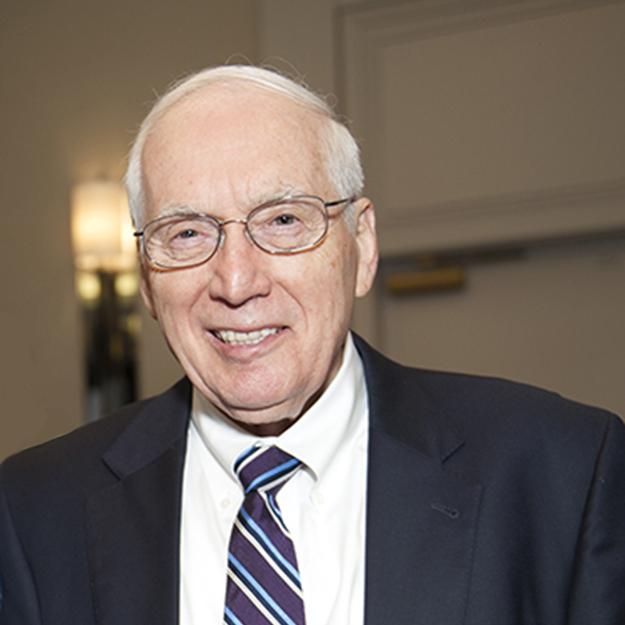Accelerating Postsecondary Attainment – in High School
Gene Bottoms explains why and how the new High Schools That Work model gives seniors a head start on a credential or degree.
Since the 1970s, the educational and economic landscapes of the United States have undergone seismic shifts along the fault line of postsecondary attainment.
Sixty-five percent of all jobs — especially high-paying jobs in fields like advanced manufacturing, health care, information technology, management and STEM — now require some college or a postsecondary credential or degree. Post-Recession, individuals with only a high school education — mostly young adults, minority youth and men — have lost economic ground and will continue to lose ground as more jobs require postsecondary education.
Research shows that students who complete a college- and career-preparatory curriculum are more likely to aspire to an advanced credential or an associate or bachelor’s degree leading to a good job. What’s more, students who complete a career pathway consisting of a college-ready academic core plus a “major” of four or more challenging pathway courses are more likely to achieve readiness benchmarks in reading, math and science. By contrast, students who take a series of unrelated, low-level academic and CTE courses are less likely to meet readiness benchmarks or earn a postsecondary credential or degree.
SREB created the new High Schools That Work model to give high school students a head start on the credentials and degrees they must earn to succeed in the modern labor market.
At the heart of the model is a redesigned senior year that focuses on helping students master the foundational literacy and math skills that stand as gatekeepers to postsecondary credentials and degrees. Most schools measure these skills using benchmarks on readiness assessments like the ACT, SAT or other state-approved exams. Depending on how students score on these assessments during the junior year, HSTW offers four senior-year options that can bolster student readiness and help accelerate attainment of a degree or credential.
- College-ready seniors can earn up to 30 credits toward an associate or bachelor’s degree or an advanced industry credential by taking quality dual enrollment courses. Courses are taught on the college schedule by qualified high school teachers or college faculty using college syllabi, tests and materials. Dual enrollment has special benefits for boys and low-income students and is associated with higher high school GPAs and graduation rates and higher rates of college enrollment, credits earned and degree attainment.
- Seniors who aren’t quite ready for college-level studies — for example, those whose scores fall two to three points or less below benchmarks on the ACT — enroll in a double-block of Literacy Ready and Math Ready courses during the first semester. Students who meet benchmarks after passing these courses can then complete dual enrollment courses equaling up to 15 credits.
- Seniors who do not meet readiness benchmarks after completing first-semester readiness courses use the second semester to engage in a series of intensive college- and career-preparatory courses and supplemental learning experiences designed to help them graduate ready to enroll and succeed in college-level English and math, as I describe under Option 4 below.
- Seniors whose scores fall well below readiness benchmarks receive services designed to enhance their academic, technical and workplace skills. HSTW couples intensive remediation in literacy and math — taught alongside core academic and CTE courses — with career counseling, experiential learning and workshops on time management and study skills. These strategies empower students to make confident educational and career choices.
I encourage you to explore HSTW’s senior-year redesign more fully and learn how SREB can help you implement policies and practices that support postsecondary attainment.


